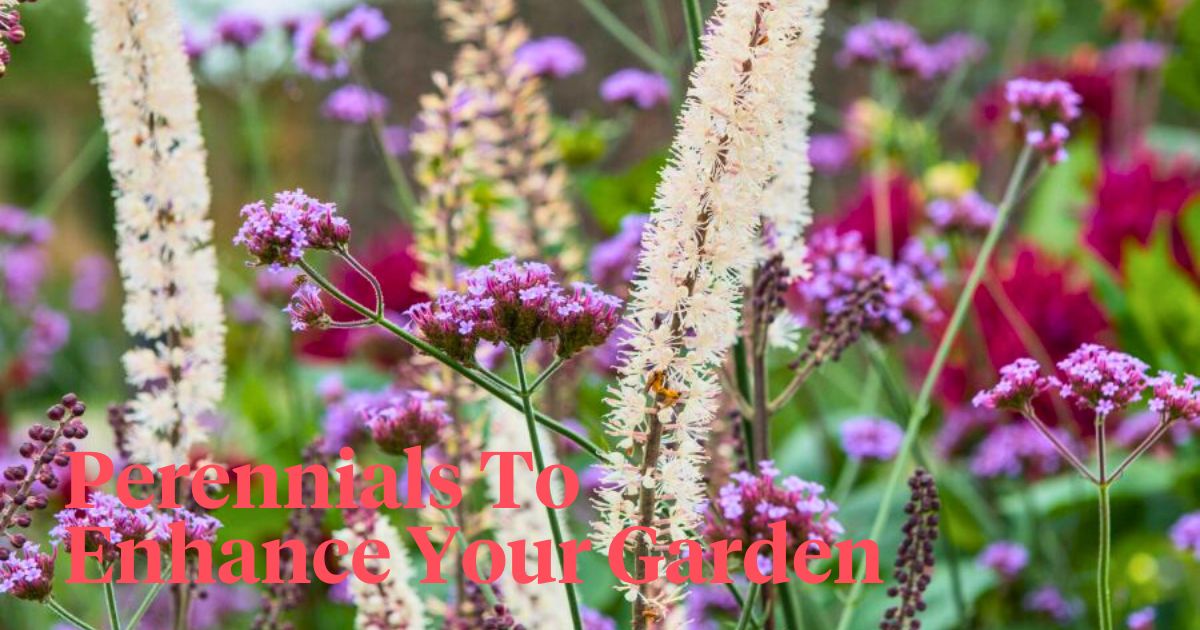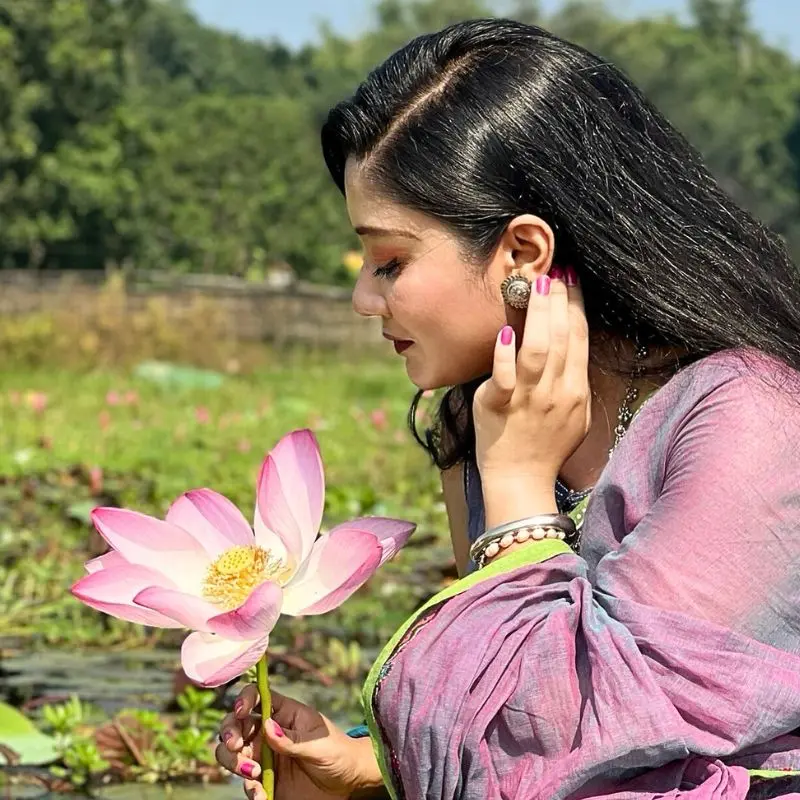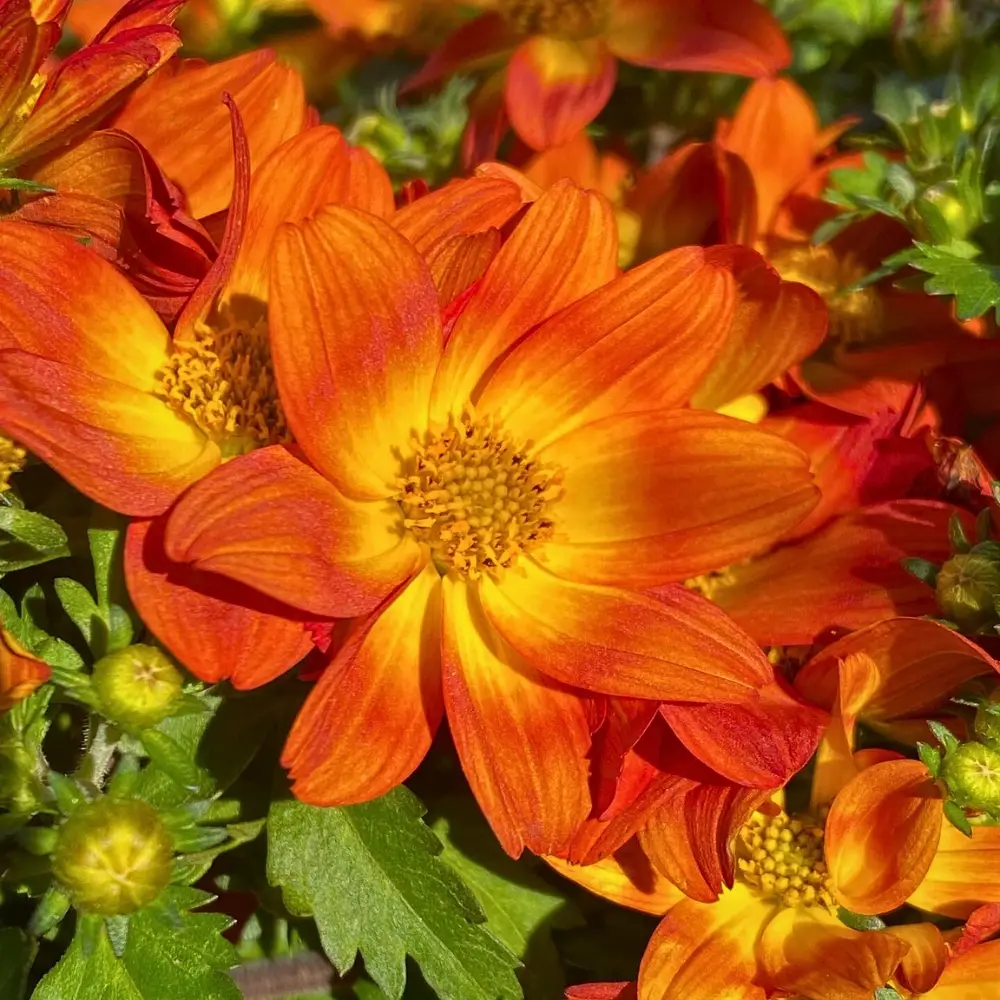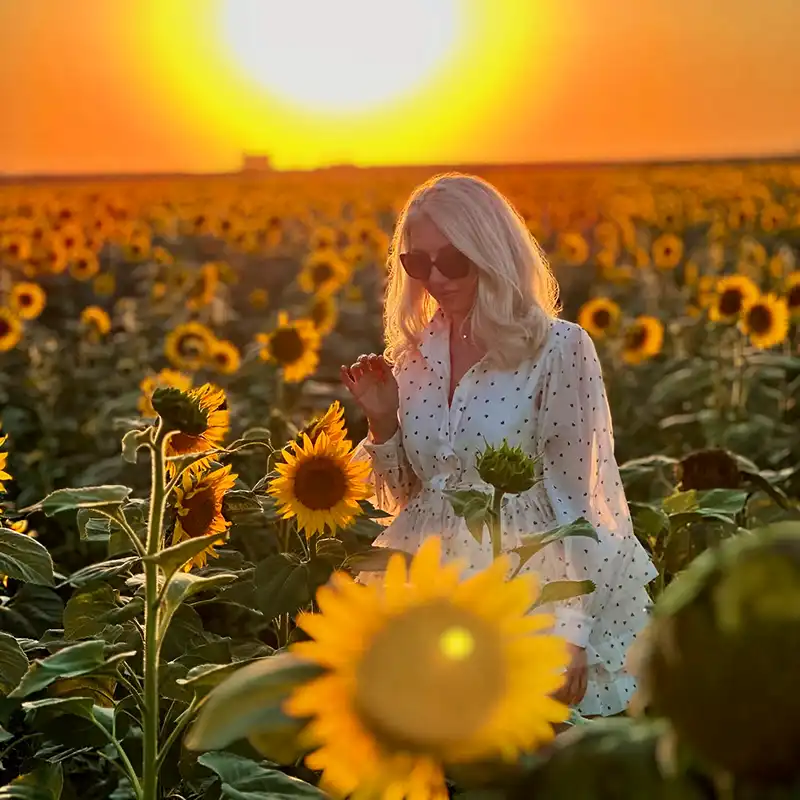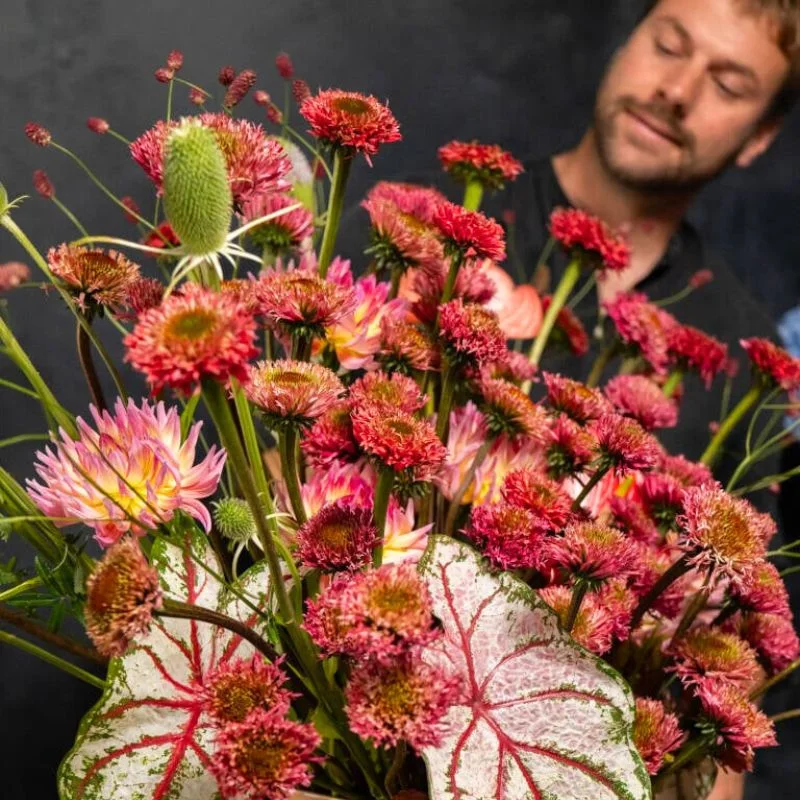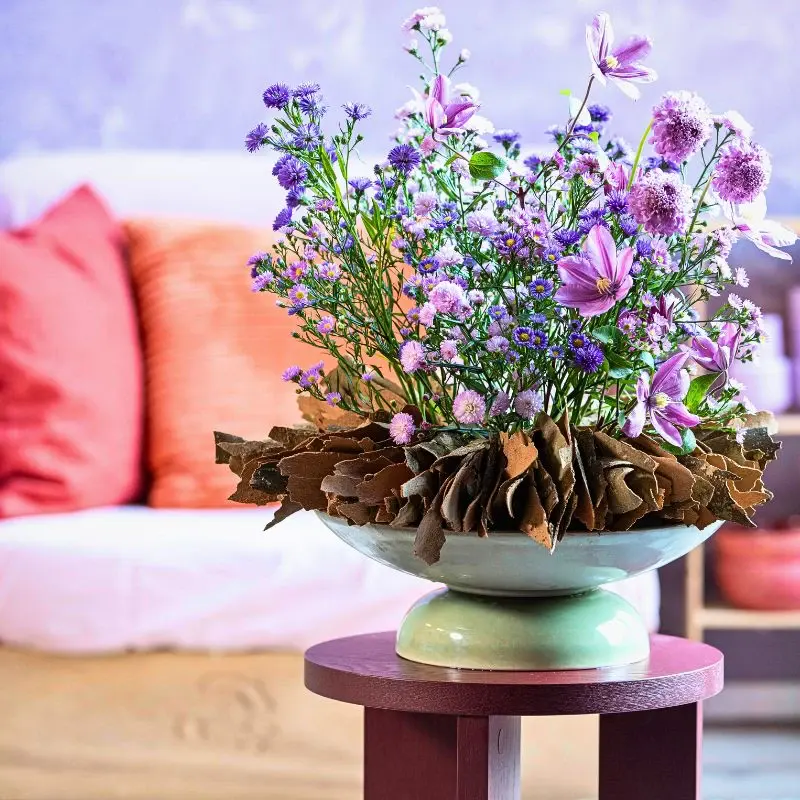Any garden can become a living garden with the help of perennials. A garden where something is almost always blooming, something moving, and something to look at. Even the hardest places in the garden can have beautiful perennials growing in them. The best part is that they plan to return annually. Join this first series about perennials and why they're must-haves for your garden.
Why Are Perennials Must-Haves for Your Garden? Time to Find Out!
Perennials are the indispensable backbone of any garden, offering a multitude of benefits that make them essential additions. Unlike annuals that require yearly replanting, perennials return year after year, providing beauty and structure to your outdoor spaces. With an extensive range of colors, textures, and forms, they offer endless options for creative expression and personalized garden design.
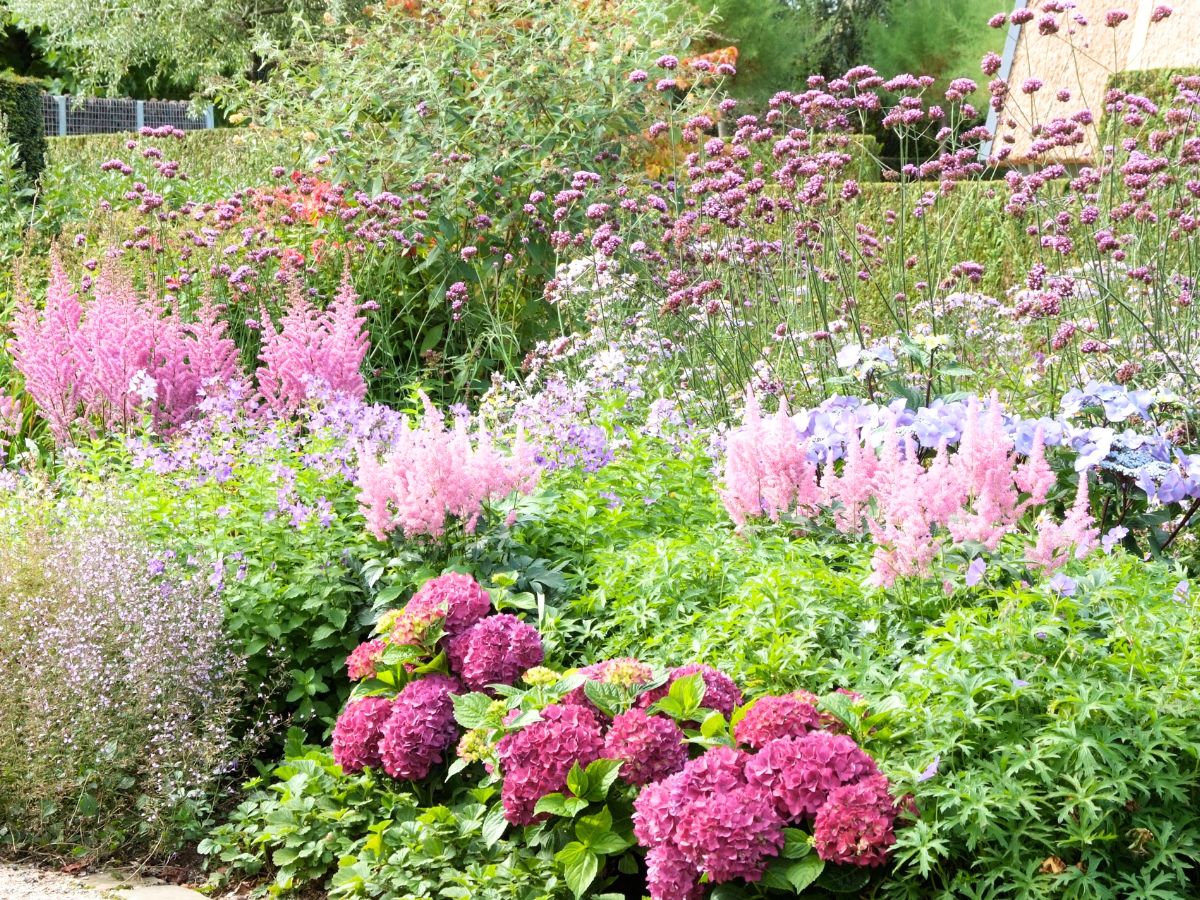
Beyond their aesthetic look, they often require less maintenance than annuals, making them ideal for busy gardeners seeking long-term sustainability. Additionally, their ability to adapt to various growing conditions ensures that there's a perfect perennial for every corner of your garden, whether it's bathed in sunlight or tucked away in the shade. From enhancing biodiversity to attracting pollinators, they also contribute to a thriving ecosystem, making them indispensable flowers for your patio. Perennial Power from the Netherlands shares a few varieties along with tips and tricks to help you get started on your perennial experience.
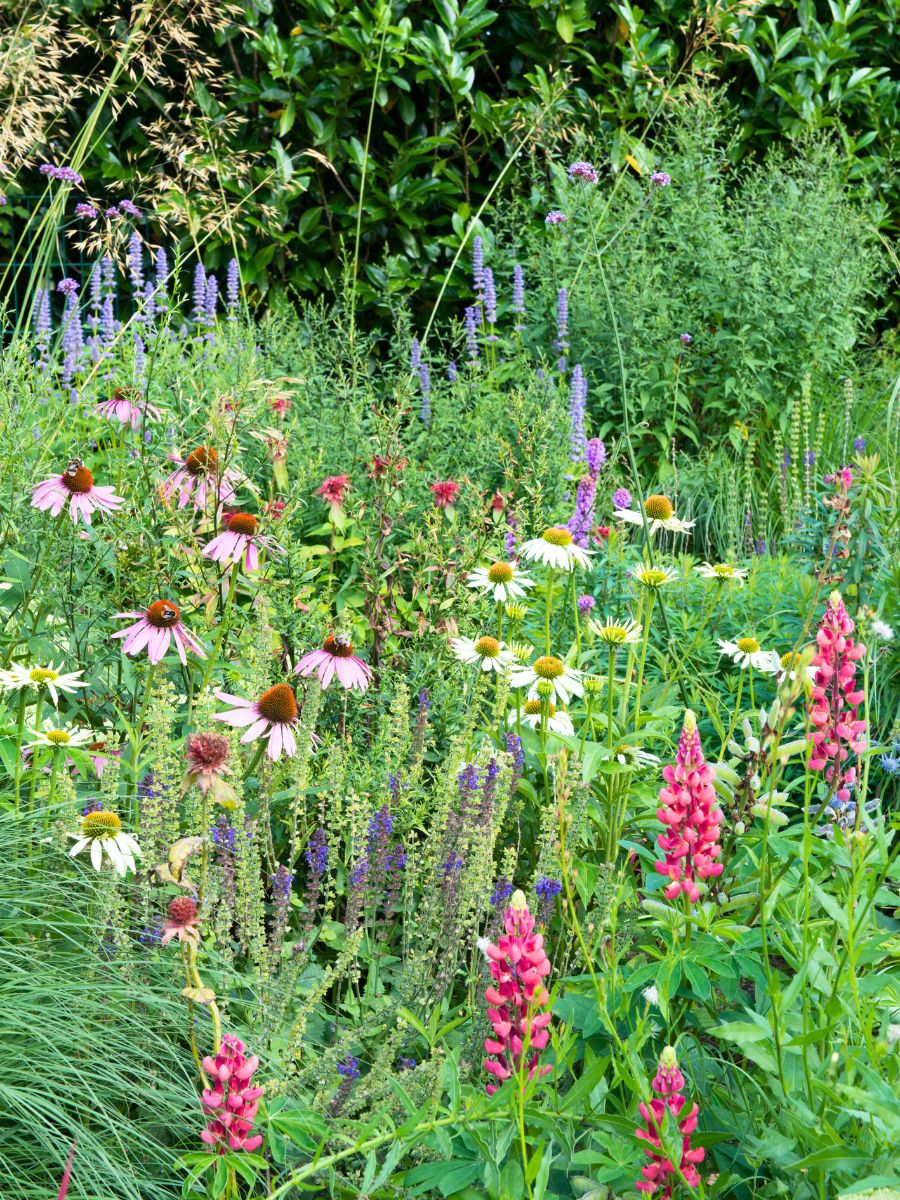
Not Sure Which Ones to Choose? You Could Start With These!
There is an incredible variety of perennials available, but which one should you choose?
If your garden is sunny, you have the most choice, as many perennials are true sun worshippers. But even for a 'difficult' border in the shade, there is more choice than you would expect, for example, barrenwort (Epimedium) and various ferns. Another question when considering adding perennials to your garden is whether to fill or not to fill.
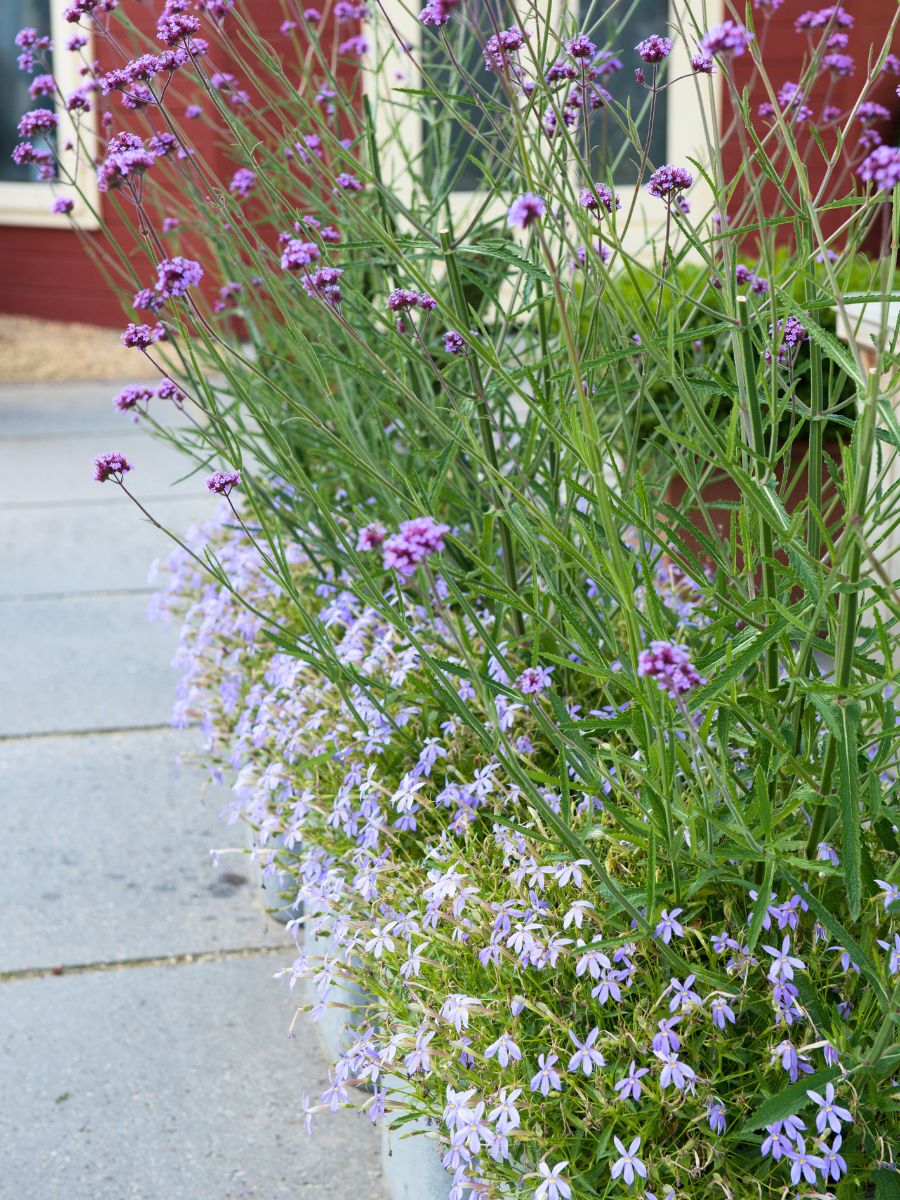
If you want a garden with sleek lines, you can plant sections with one or a few varieties. If you prefer a wilder style, you can go all out with filler plants, such as Verbena, sage (Salvia), and white gaura (Gaura). These plants are casually dotted in between the other plants and will require a little more intuition, but the results will no doubt be very attractive and very natural, to boot!
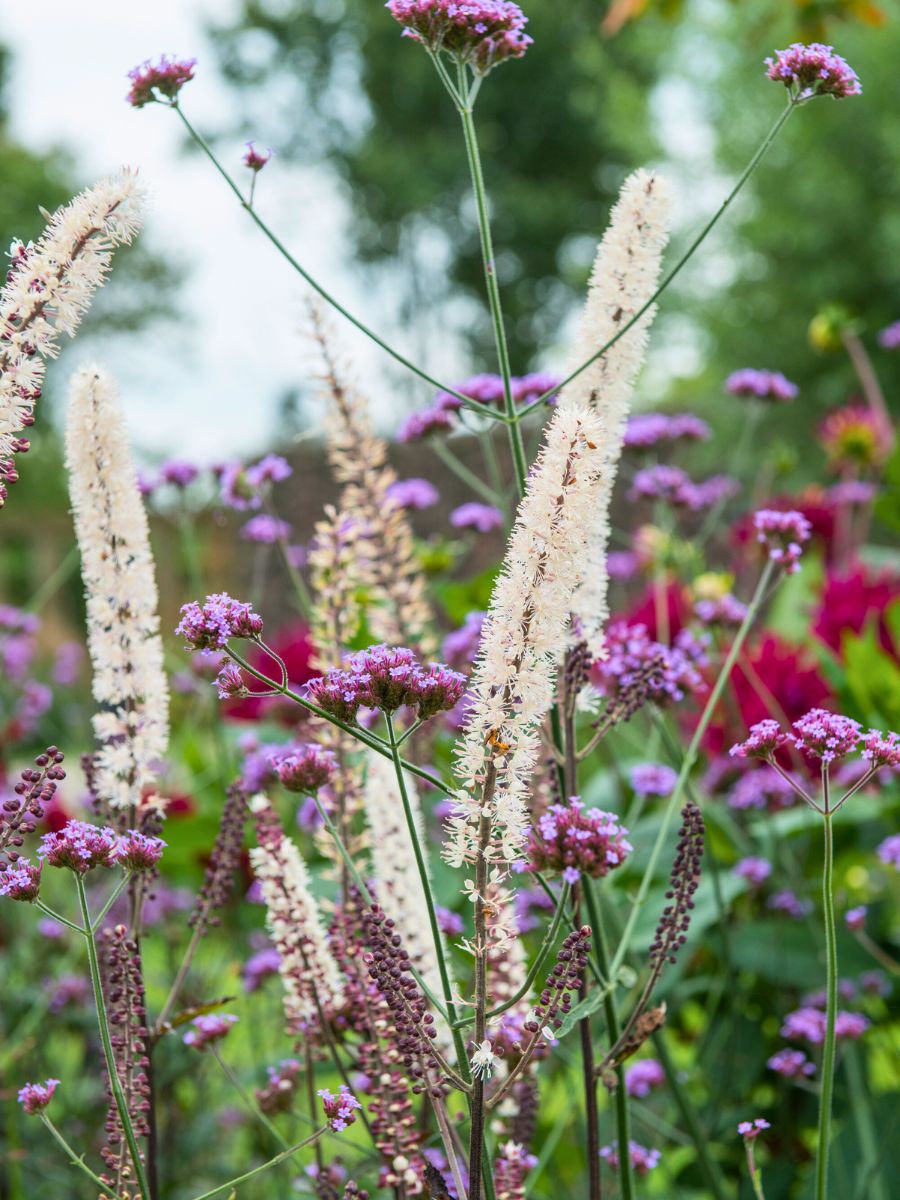
A pro tip: If you suddenly come up with an even better combination later on, it is perfectly fine to move perennials in autumn.
A Colorful Garden Starts With Perennials
Perennials are much more than just beautiful. When you plant your garden (instead of using tiles), you also make it climate-proof! Rainwater can soak into the soil much more easily in between the plants, so summer downpours are not a problem. The plantings also help cool the garden on summer days, like a natural air conditioner.
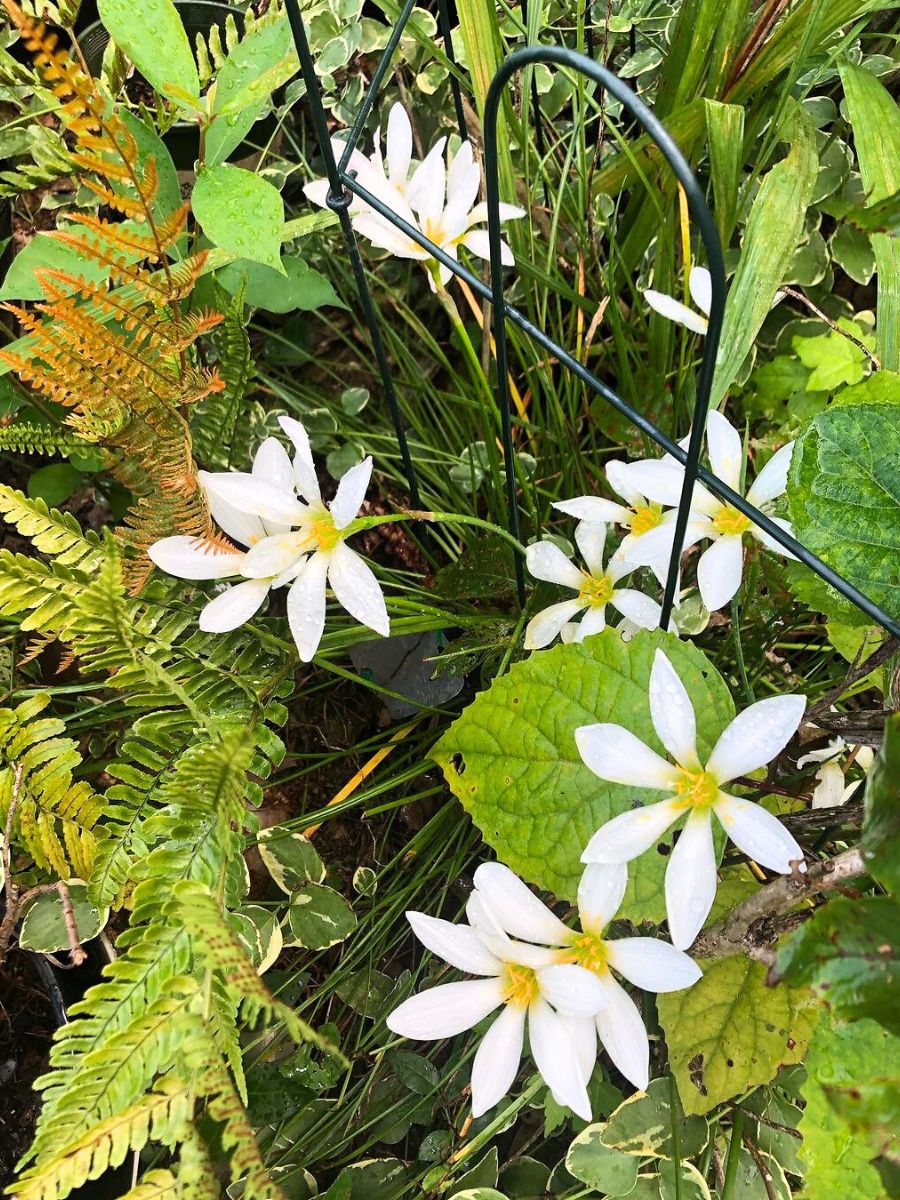
A few tips if you're planning on making perennials part of your life and garden are the following:
- Vary with colors, shapes, and flowering times, to provide long-lasting food (nectar) for bees, butterflies, and other useful insects.
- You can also plant perennials in pots and containers, making them a great idea for brightening up a dull patio, balcony, or facade garden.
- If you enjoy picking flowers from your own garden, choose perennials that are particularly suitable for this purpose, such as yarrow (Achillea), Aster, sunflower (Helianthus), coneflower (Rudbeckia), and flowering ornamental grasses.
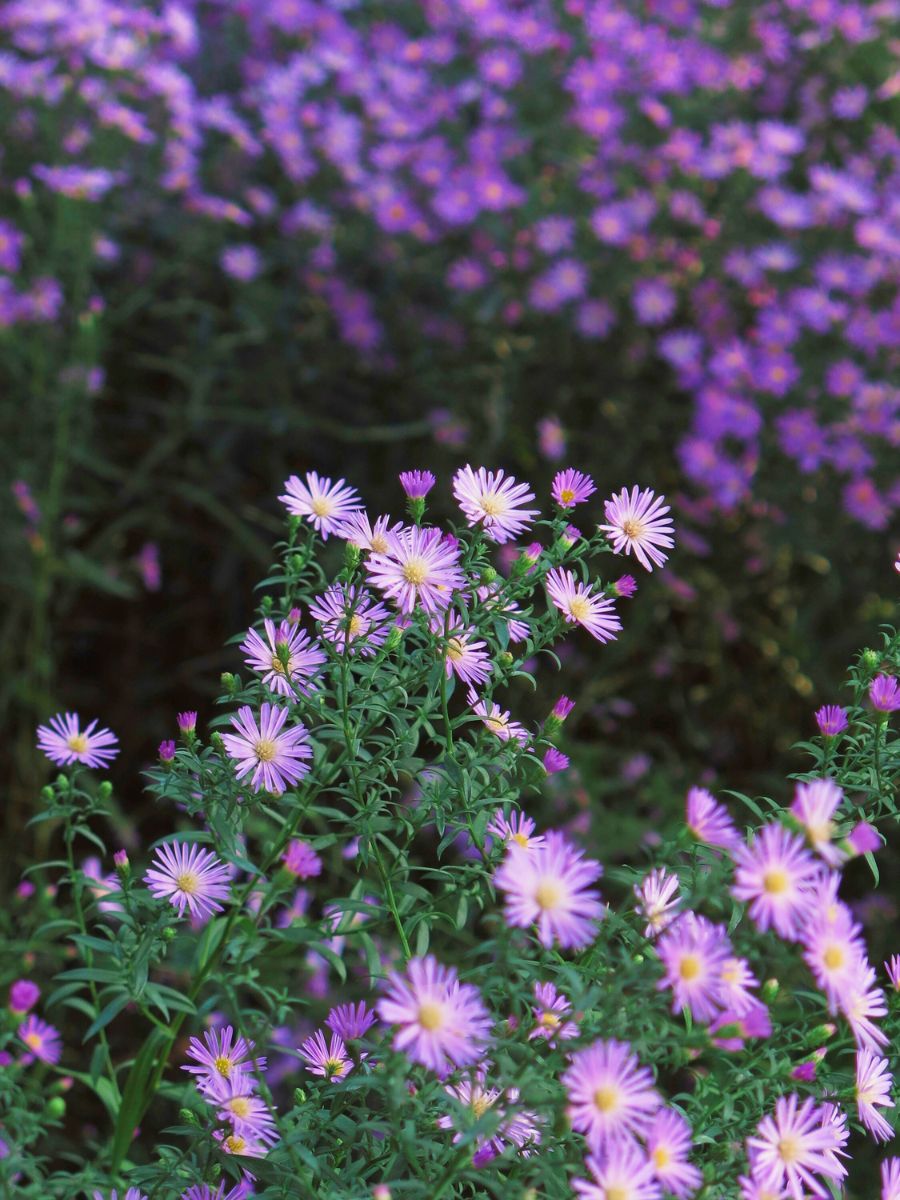
Photo: @idwyss from Unsplash
This is the first series of a successful perennial adventure and more will come your way so stay tuned for everything you need to know about perennials and why they're indispensable for any outdoor space.
Visit Perennial Power's website to discover the perfect perennials for your garden.
Photos iVerde Perennial Power.

